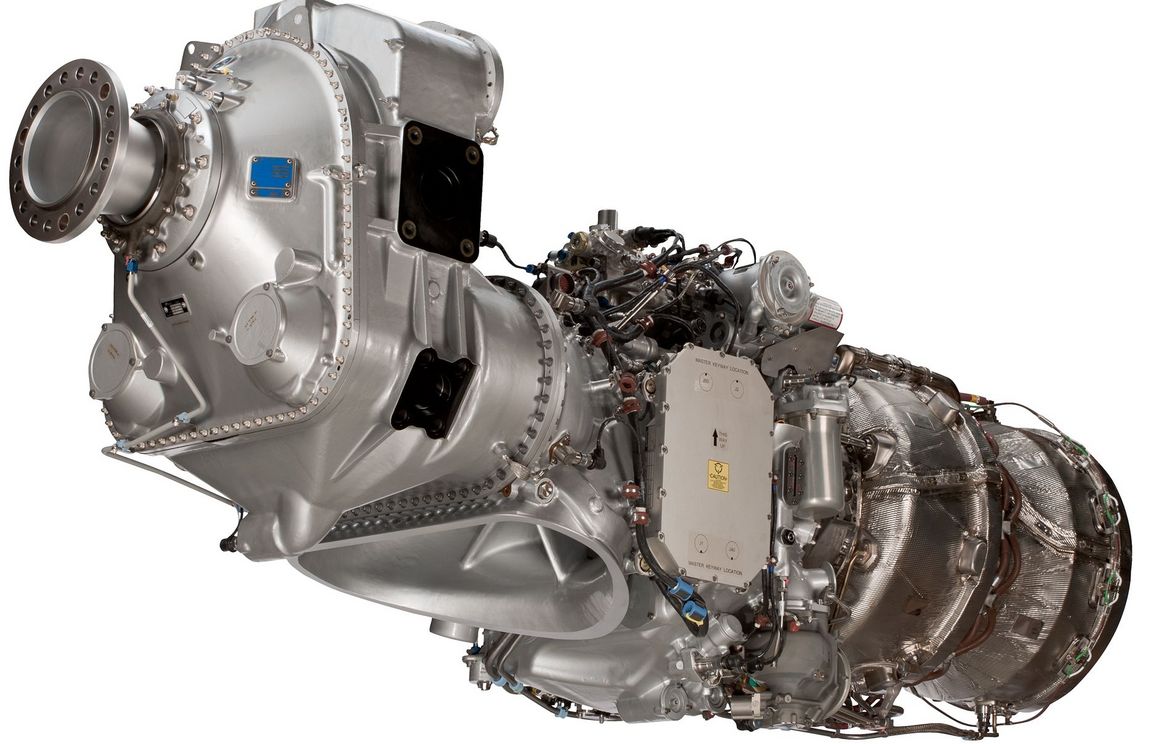PW100/150A: Power for regional aircraft
The PW100 family of turboprop engines powers 30-to-90-passenger regional aircraft with a range of up to 750 miles. The engines offer outstanding reliability, high efficiency and a long life. Thanks to their versatility, they are used in a wide range of applications. Since the family entered service in 1984, the engines have accumulated more than 100 million flying hours.
MTU's involvement in the PW100/150A
Maintenance is carried out via the Pratt & Whitney Canada Customer Service Centre - a joint venture between MTU Maintenance Berlin-Brandenburg and Pratt & Whitney Canada.

Facts
- EIS: 1984
- Two-stage power turbine
- Single-stage low-pressure and high-pressure turbines
- Tow-stage/ four stage compressor
- All Rotors integrally bladed
- Electronic engine control or FADEC (Fully-Authority Digital Engine Control), depending on the model
- Advanced materials and cooling technology
Applications
- Alenia Aeronautica EADS ATR 72-200: PW124B, PW127
- Alenia Aeronautica EADS ATR 72-210/500: PW127F, PW127M
- Bombardier Aerospace Q300: PW123, PW123B, PW123E
- Bombardier Aerospace Q400: PW150A
- Bombardier CL-215T/CL-415: PW123AF
- Dornier 328-110/120: PW119B, PW119C
- EADS - CASA C-295: PW127G
- Embraer EMB120 Brasilia: PW118A, PW118, PW118B
- Fokker 60 Utility: PW127B
- Jetstream Aircraft Co. MA-60: PW126, PW126A
Technical Data
| Max. power | 5,000 shp |
| Length | 6.7 - 7.9 ft |
| Height | 2.6 - 3.6 ft |
| Width | 2.1 - 2.5 ft |




